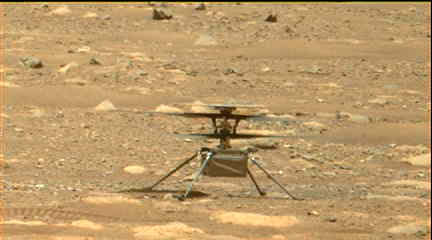Firefly raises $75 million in investment capital
Capitalism in space: Firefly announced today that it has raised an $75 million in investment capital, with plans for a future fund-raising round aimed at bringing in another $300 million following the inaugural launch of its Alpha rocket.
The launch itself has been delayed several times, from December and March. It now appears they are targeting mid-June.
The company claims the delays were caused by two factors, the failure of a subcontractor to deliver on time the flight termination system, and the company taking longer than expected to prepare its launchpad at Vandenberg.
On a positive note, the company received its FCC launch license a few weeks ago, which had been held up due to security concerns over the company’s former main investor, Ukrainian billionaire Max Polykov. It appears that when Polykov sold off much of his stock so that he no longer controls the company, this eliminated the security concerns.
Capitalism in space: Firefly announced today that it has raised an $75 million in investment capital, with plans for a future fund-raising round aimed at bringing in another $300 million following the inaugural launch of its Alpha rocket.
The launch itself has been delayed several times, from December and March. It now appears they are targeting mid-June.
The company claims the delays were caused by two factors, the failure of a subcontractor to deliver on time the flight termination system, and the company taking longer than expected to prepare its launchpad at Vandenberg.
On a positive note, the company received its FCC launch license a few weeks ago, which had been held up due to security concerns over the company’s former main investor, Ukrainian billionaire Max Polykov. It appears that when Polykov sold off much of his stock so that he no longer controls the company, this eliminated the security concerns.








